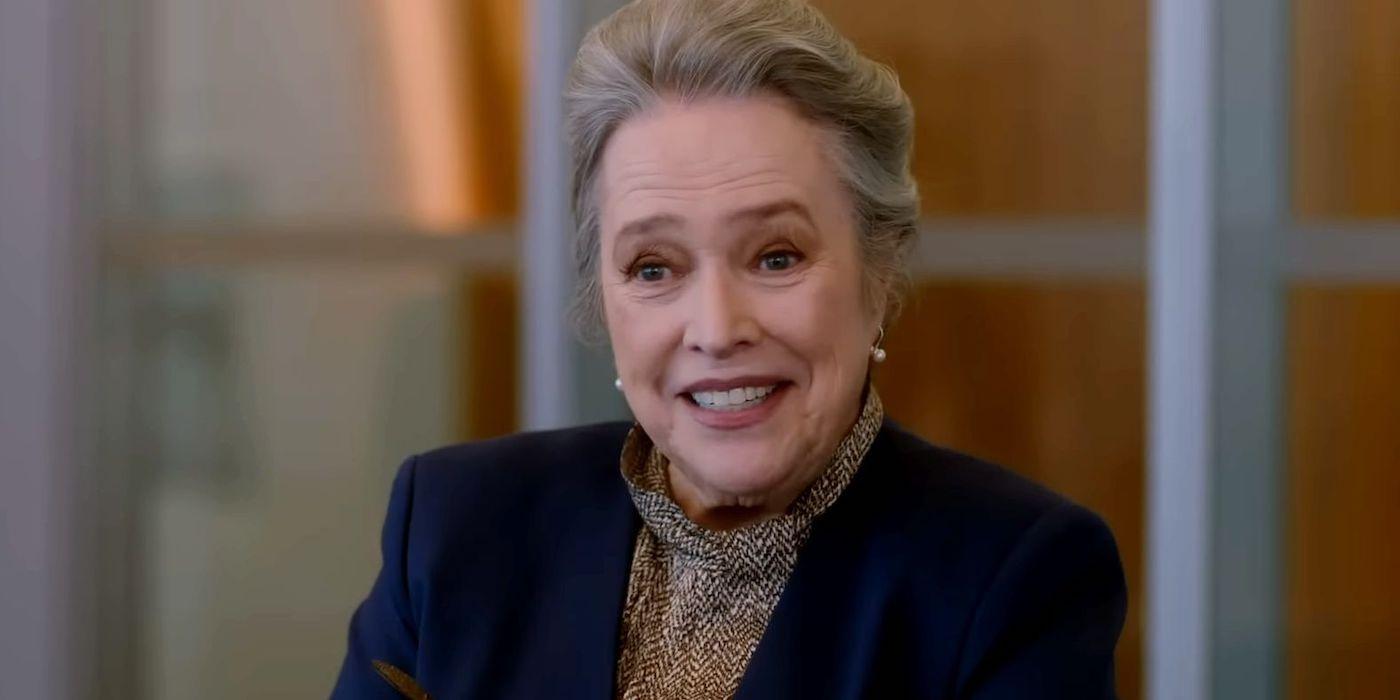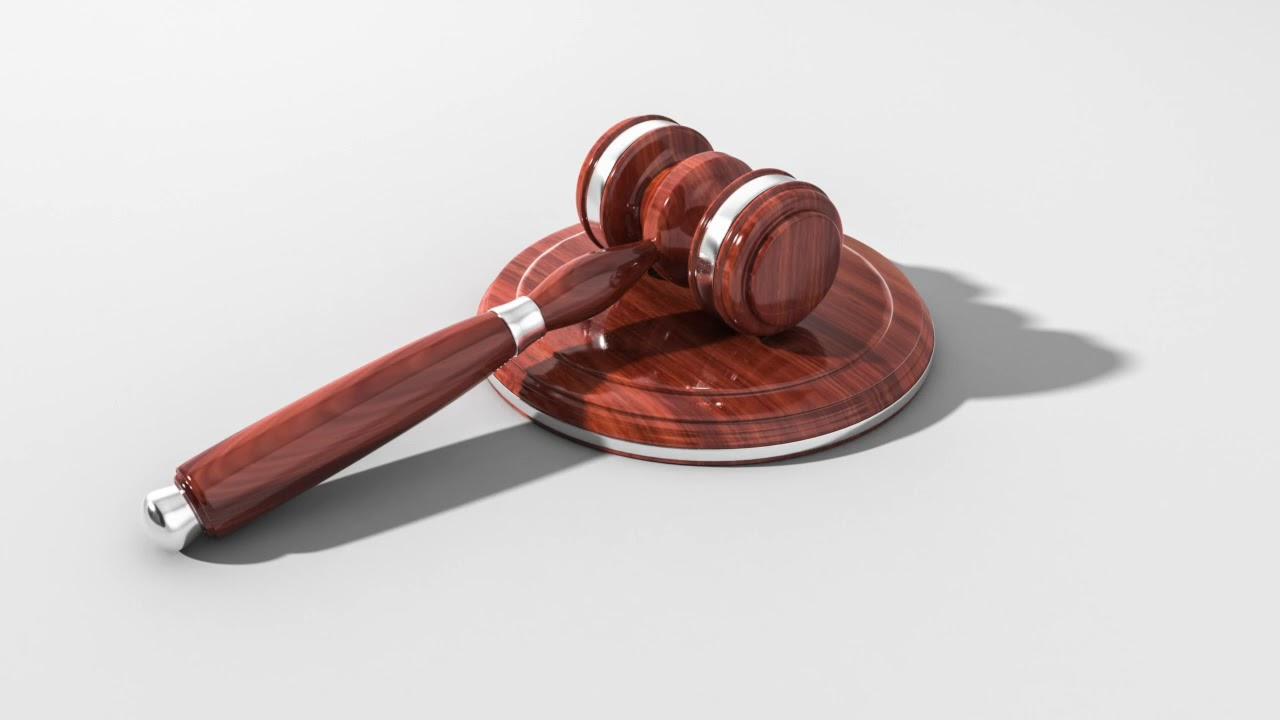In the golden haze of television’s yesteryears, “Matlock” stood as a beacon of courtroom intrigue and Southern charm, inviting viewers into a world where justice was not just served, but elegantly plated. As the camera panned over the bustling streets of Atlanta, it captured more than just the scenery; it captured the essence of a legal drama that was as much about the journey as the verdict. In this article, we delve into the distinctive filming techniques that made “Matlock” a beloved staple of legal storytelling. From the strategic use of close-ups that revealed the subtle nuances of Andy Griffith’s portrayal of the titular attorney, to the sweeping wide shots that encapsulated the grandeur of the courtroom, “Matlock” employed a visual language that was both captivating and comforting. Join us as we explore how these techniques not only brought the legal battles to life but also wove a rich tapestry of narrative that continues to resonate with audiences today.
Capturing the Courtroom: The Art of Framing Legal Drama
In the world of legal drama, “Matlock” stands out for its meticulous attention to the art of courtroom storytelling. The series employs a range of filming techniques that transform legal proceedings into compelling narratives. One of the most effective methods is the use of close-up shots. These shots capture the nuanced expressions of characters, highlighting the tension and emotion that permeate each case. The strategic use of lighting further accentuates these moments, casting shadows that suggest the moral ambiguities faced by the characters.
The series also employs dynamic camera angles to enhance the drama. For instance, low-angle shots are used to convey the authority and dominance of the judge, while high-angle shots often portray the vulnerability of witnesses on the stand. This visual storytelling is complemented by a carefully curated soundtrack that underscores pivotal moments, drawing viewers deeper into the narrative. Additionally, the show’s use of flashbacks provides context and depth, allowing the audience to piece together the mystery alongside the protagonist. Through these techniques, “Matlock” masterfully frames the courtroom as a stage where human drama unfolds with intensity and intrigue.

Lighting the Verdict: Creating Atmosphere in Matlocks Courtroom Scenes
In the iconic courtroom scenes of “Matlock,” lighting plays a pivotal role in crafting the tense and gripping atmosphere that keeps viewers on the edge of their seats. The strategic use of light and shadow not only highlights the drama unfolding but also subtly underscores the emotional undertones of each case. Soft, diffused lighting is often employed to create a sense of calm and focus during moments of clarity or revelation, while sharp contrasts and dramatic shadows are used to amplify tension and uncertainty during pivotal testimonies or cross-examinations.
- Spotlighting the Judge: A focused beam often illuminates the judge, emphasizing their authority and the gravity of their decisions.
- Backlighting the Witness: This technique can cast a mysterious aura around witnesses, hinting at hidden truths or deceit.
- Ambient Lighting for the Jury: Gentle lighting creates a neutral, observational space, reflecting their role as impartial decision-makers.
These lighting techniques are meticulously planned to enhance the narrative, guiding the audience’s emotions and perceptions throughout the trial. By manipulating light, the filmmakers of “Matlock” masterfully transform the courtroom into a dynamic stage where justice is not only served but vividly illuminated.
Dialogue Dynamics: Crafting Compelling Conversations in Legal Drama
In the world of legal drama, the art of conversation is as crucial as the courtroom battles themselves. The classic series “Matlock” exemplifies this with its masterful use of dialogue to drive the narrative and develop its characters. Crafting compelling conversations involves more than just words; it’s about creating tension, revealing character motivations, and unfolding the plot in unexpected ways. In “Matlock,” the dialogue is not merely an exchange of information but a strategic tool that adds layers to the story. The show employs techniques such as:
- Interrogative Exchanges: Characters often engage in sharp, quick-witted dialogues that mimic the rhythm of a real courtroom, keeping viewers on the edge of their seats.
- Character-Driven Conversations: Each line is tailored to reflect the unique personality and background of the character, providing depth and authenticity.
- Strategic Silences: Moments of silence are used to heighten tension, allowing the audience to absorb the gravity of the situation and anticipate the next move.
By focusing on these elements, “Matlock” transforms its dialogue into a dynamic force that not only entertains but also engages the audience in the intricate dance of legal strategy and human emotion.

Mastering the Gavel: Techniques for Authentic Courtroom Soundscapes
Creating an authentic courtroom atmosphere in “Matlock” required a meticulous approach to sound design, especially when it came to the iconic gavel. The art of mastering the gavel sound involves more than just a simple bang. Sound engineers employed a variety of techniques to ensure each gavel strike resonated with the gravitas and authority expected in a legal drama. They often used a combination of real gavel recordings and studio enhancements to capture the perfect blend of sharpness and depth.
- Layering Sounds: Multiple recordings of gavel strikes were layered to add richness and texture.
- Acoustic Enhancements: Echo and reverb effects were applied to simulate the acoustics of a grand courtroom.
- Timing Precision: Each strike was carefully timed to coincide with dramatic moments, heightening tension and impact.
These techniques ensured that the sound of the gavel was not just a background detail but a pivotal part of the storytelling, contributing to the show’s authenticity and dramatic flair.
In Conclusion
As the final gavel falls on our exploration of the captivating filming techniques that brought “Matlock” to life, we find ourselves reflecting on the artistry and innovation that made this legal drama a beloved classic. From the meticulous framing of courtroom scenes to the clever use of lighting and sound that heightened every twist and turn, “Matlock” was more than just a show—it was a masterclass in storytelling.
Each episode was crafted with a keen eye for detail, ensuring that viewers were not just passive observers but active participants in Ben Matlock’s pursuit of justice. The seamless blend of drama and intrigue, coupled with the warmth and charisma of Andy Griffith, created a world where every case felt personal and every verdict, a triumph.
As we close the case file on this article, let us carry forward the appreciation for the creative minds behind the camera who transformed scripts into gripping narratives. Their legacy continues to inspire a new generation of filmmakers, reminding us that the power of storytelling lies not just in the words spoken, but in the way they are brought to life on screen.
Thank you for joining us on this journey through the lens of “Matlock.” Until next time, may your love for the magic of television continue to grow, one frame at a time.


